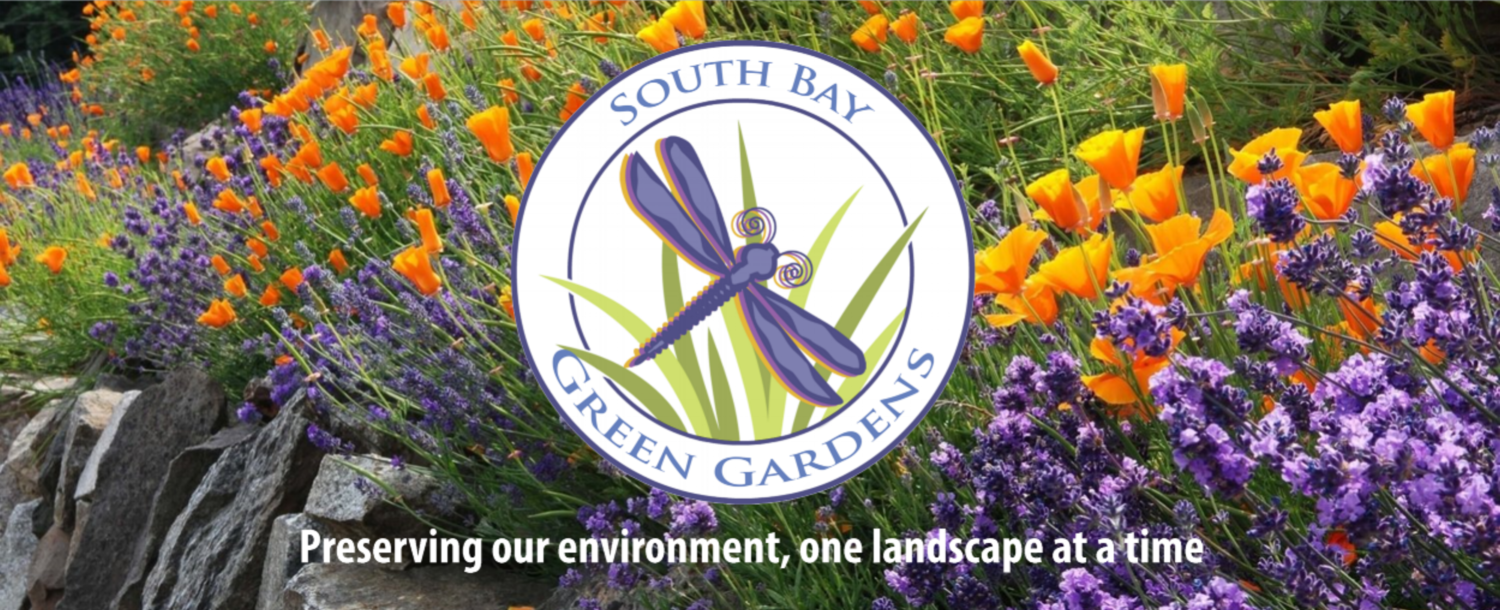Most residents in the Silicon Valley are aware that the “black water” generated inside their homes from sinks, toilets, and washing appliances flows to a central location and gets cleaned somehow. But have you ever wondered what types or levels of decontamination take place, or where the water goes once it has been treated? And what is the difference between the water that comes from treatment of black water and the “graywater” that some people are draining directly to landscapes from homes? How is that even possible, you might ask! Maybe you’ve also noticed purple pipes and associated signs in your community parks, on your campus, or around your workplace? Typically, they all state something similar – “Irrigated with recycled water, do not drink.” So, what is “recycled water”? And what are the relationships between all these types of water?
One thing to consider before diving deeper is to recall that all fresh water on the planet is recycled! The Earth has naturally recycled water for millions of years. In fact, the water we drink today is the same water dinosaurs drank millions of years ago. We recycle green waste, bottles, metals, paper, and plastic, so why wouldn’t we also recycle water?
Recycled Water
Recycled water is derived from treated wastewater and has been treated to remove contaminants like E. coli and nutrients, which allows it to be reused for irrigation, agriculture, industrial purposes, and other non-potable uses such as toilet flushing. The recycled water in Santa Clara County is treated to California Department of Health Services standards and is monitored by state, local, and federal agencies. Currently, about 10,000 gallons of recycled water are distributed through the countywide purple pipe system to recycled water customers EVERY DAY! Each time you spot a purple pipe, you can be sure recycled water is flowing through it. Using recycled water provides many benefits, such as reducing the need for imported water, which helps reduce human-use pressures on freshwater sources so that more remains in the environment. It can also help reduce the volume of treated water we discharge into the bay, which dilutes its salty water and can impact species that depend on the bay’s delicate balance of fresh versus saltwater. Using recycled water, we can maintain healthy ecosystems as well as a reliable, locally controlled water supply that is not reliant on the Sierra snowpack. Diversifying water sources helps address the severity of droughts and the negative impacts of climate disturbance.
Purified Water
Advanced purified water, a form of recycled water, is wastewater that has been further decontaminated using advanced purification technologies: microfiltration, reverse osmosis, and ultraviolet light disinfection. After the water goes through this special purification process, the product is nearly distilled water that meets and even exceeds primary and secondary drinking water standards, meaning that it’s safe to drink. Valley Water (formerly the Santa Clara Valley Water District) currently blends advanced purified water, which is produced at the Silicon Valley Advanced Water Purification Center (SVAWPC), with recycled water produced at the San Jose-Santa Clara Regional Wastewater Treatment Plant to enhance its quality for recycled water purposes. In the future, the goal of local water purveyors and treatment facilities is to use advanced purified water to supplement the drinking water supply through the replenishment of our groundwater basins or by sending it to a regular drinking water treatment plant. Take a tour and taste it for yourself!
Graywater/Greywater
Graywater is water that is diverted from showers, bathtubs, washing machines, and bathroom sinks that contains some soap and detergents but is clean enough for reuse on certain plants and landscapes. It is a decentralized way of reducing contributions to wastewater volume loads at the nearby treatment plant, while also conserving water through reuse in the landscape. Kitchen sink water or dishwasher water are not considered graywater in California. Graywater helps conserve our drinking water supply, decreases water and wastewater utility bills, decreases input to septic systems, and reduces volume burdens on wastewater treatment facilities. Did you know that you can get a rebate for installing a graywater system in your home? Valley Water offers money back on your investment in sustainable, cost-effective graywater laundry-to-landscape systems that redirect water from your clothes washer to your landscape without additional pumps, filters, or permits. Graywater is better for certain plants compared to others. In general, trees, shrubs, vines, California-native riparian plants, and hardier native plants perform well. Graywater can be used safely with fruit trees or berry bushes. Never use graywater to irrigate fruits or vegetables that come in direct contact with graywater or the soil surface, such root vegetables like potatoes or carrots. Maintaining a healthy soil, choosing the correct detergents, and using best practices for designing, installing, and maintaining your system are key to keeping your landscape healthy.
If you can answer YES (or Possibly!) to the following questions, then this type of graywater system may work for your home:
The clothes washer is accessible, near an exterior wall or above a crawl space;
The landscape's first graywater outlet is around 50-feet or less from the clothes washer (if your landscape is downhill from the clothes washer);
The landscape is the same elevation or downhill from the clothes washer;
The plants you want to prioritize with graywater irrigation are decorative trees, fruit trees, shrubs, groups of smaller plants or establishing drought-tolerant plants; and
The graywater system can be at least 1.5-feet from the property line and at least 2-feet from the building foundations.



